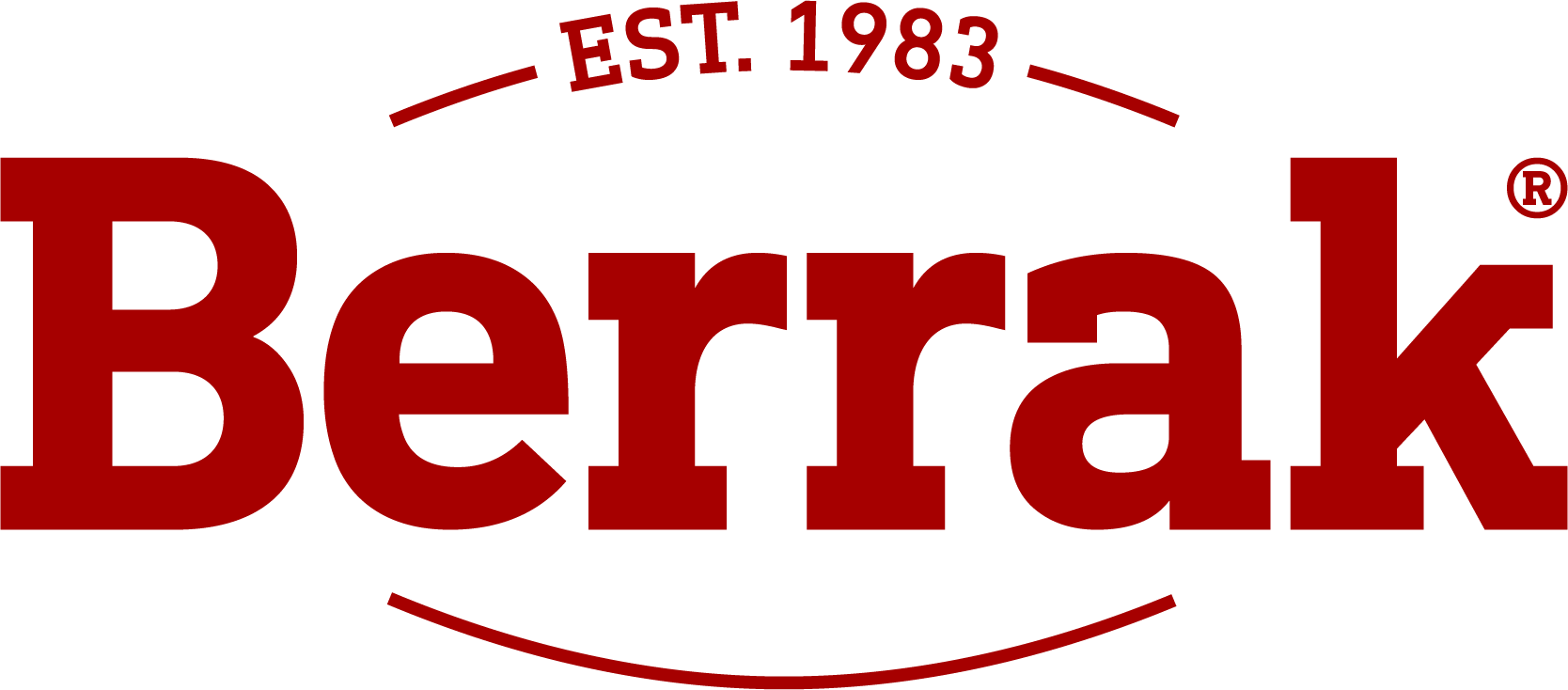From ancient times to the present, humanity has sought ways to utilize nature’s offerings in season and preserve them for extended periods. This quest has given rise to traditional preservation techniques, extending the shelf life of products through methods like drying, salting, brining, and fermentation. Today, we live in an era where this ancient knowledge is reshaped by modern production technologies.
A Legacy from Tradition to Today
One of the oldest preservation methods, pickling, is a natural storage technique discovered by humanity thousands of years ago. Vegetables, transformed through the collaboration of salt, water, and time, become both long-lasting and a delightful addition to tables. The most remarkable feature of this method is its ability to preserve products entirely through natural processes, without the need for additives.
Opportunities Brought by Modern Production
Today, this traditional method is reinterpreted with modern technologies. In large-scale production facilities, brining processes carried out under hygienic and controlled conditions allow pickles to reach much wider audiences. The flavor, texture, and shelf life of products are standardized, ensuring consumers experience consistent quality every time. Techniques such as pasteurization and vacuum packaging used in industrial production further ensure products remain fresh for extended periods. Yet, throughout these processes, the core principles of tradition are preserved: natural ingredients, controlled fermentation, and respect for the power of time.
Harmonizing Seasonal Cycles with Mass Production
In traditional methods, products were typically prepared in season and consumed over time. Modern industrial production, rather than accelerating this cycle, chooses to harmonize with it. Products harvested at their peak are processed in large batches in modern facilities. This approach preserves the spirit of the season while ensuring year-round accessibility.
Sensory Memory and Consistency
The greatest strength of traditional pickles is the familiar aroma and taste released when a jar is opened. In modern production, efforts are made to preserve this sensory memory. Expert production teams ensure that every product maintains the same flavor profile. As a result, consumers can rediscover the traditional taste they experienced years ago in every jar. Preserving the scent and flavor of time is not just a production process but also a cultural transmission that bridges the past and the present. The adaptation of traditional preservation techniques to modern technology reflects a production philosophy that respects both nature’s cycles and consumer expectations. Every pickle that reaches today’s tables is a modern representative of this thousands-year-old journey.


